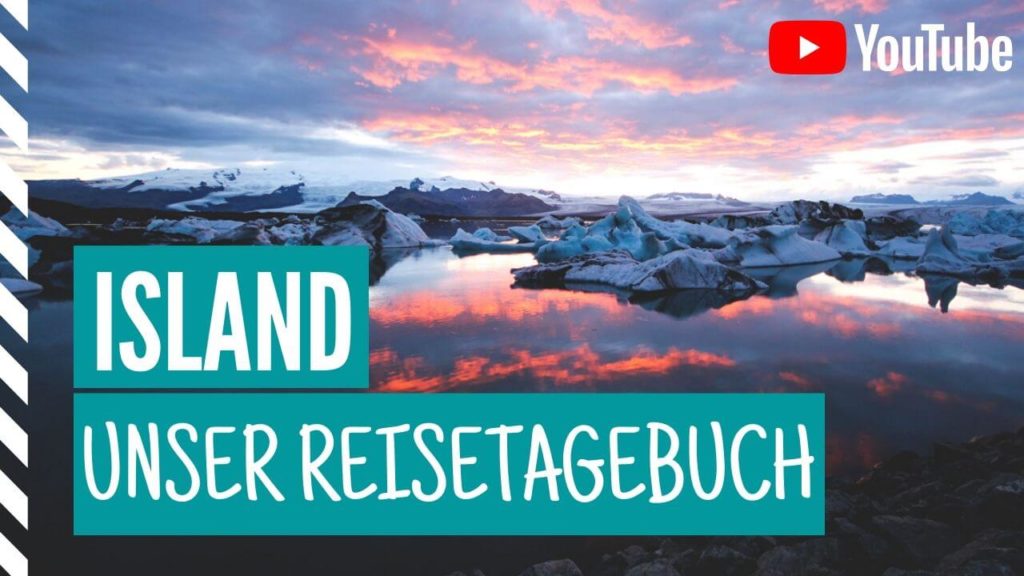Our tour through Iceland was unique and will definitely remain unforgettable. With our car and tent, we drove across the island, past waterfalls, volcanoes, glaciers, and other breathtaking sights. During our preparations, we wondered how things would work with the currency in Iceland and withdrawing money. We had been told repeatedly beforehand that Icelanders do almost everything with credit cards and rarely pay with cash. You can find out all the information about withdrawing money, the currency, suitable credit cards and prices in today’s article.
Other important Iceland topics:
- Driving in Iceland
- Camping & Tenting in Iceland
- Sights of Iceland
- Preparation & Tips
- Best time to travel to Iceland
- Routes for 7 and 14 days
- Costs for our trip
- Our Iceland country page
- The South of Iceland
- The Vatnsnes Peninsula
- The North of Iceland
- The East of Iceland
- The Westman Islands
- The Southeast of Iceland
- Reykjavik Highlights & Tips
- The Golden Circle
- Other important Iceland topics:
- Currency in Iceland
- Withdrawing money in Iceland
- Fees for withdrawing money
- Exchanging money locally
- Paying with a credit card
- Prices in Iceland
- Our travel diary on YouTube
Currency in Iceland
On the beautiful island of Iceland, you pay with the Icelandic krona (ISK), which is divided into 100 Aurar. For 1 euro you currently get 138 krona. Banknotes are available in denominations of 500, 1,000, 2,000, 5,000, and 10,000 Icelandic króna, and coins in denominations of 1, 5, 10, 50, and 100. The currency in Iceland is subject to very high inflation, constantly losing value. However, since costs also rise from year to year, this inflation is hardly noticeable. Icelanders have a truly high standard of living; on the island, almost everything is very expensive for us Germans. A sandwich with a drink can easily cost you €20.
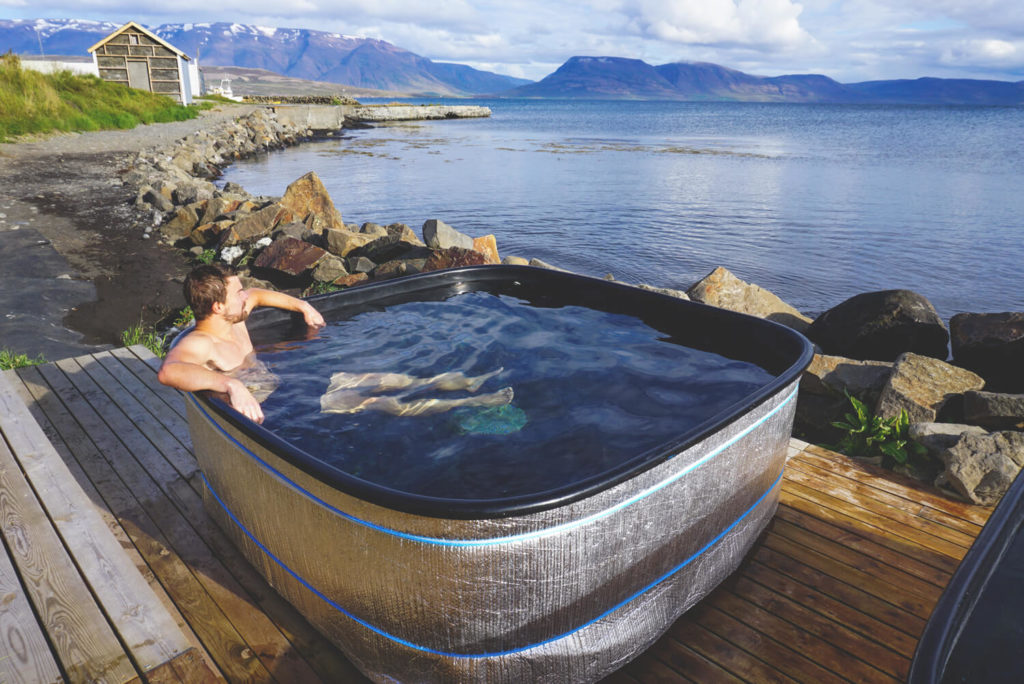
Withdrawing Money in Iceland
As soon as you arrive in Iceland, you can withdraw money at the airport (bank: Islandsbanki). It makes little sense to exchange money in Germany beforehand, as you are only allowed to bring in (or take out) 8,000 ISK, which is equivalent to just €60. You can bring any amount of euros, but you must declare €10,000 to customs.
Since it’s uncommon to pay with cash, you should only withdraw a few notes directly on the island. If you carry too much cash, you run the risk of losing it or being robbed. ATMs are available at the airport and in all major cities. However, most banks in Iceland are only open until 4 p.m.
Withdrawal Fees
In most cases, you pay a fee (foreign transaction fee) of 1% to 4% for each credit card transaction. You can inquire about these fees in advance with your bank. In addition, banks in Iceland usually charge an additional fee of 150–160 ISK per ATM withdrawal. Only with the Santander Bank* credit card can you get these fees reimbursed upon request. With this credit card, you also don’t have to worry about fees for use abroad.
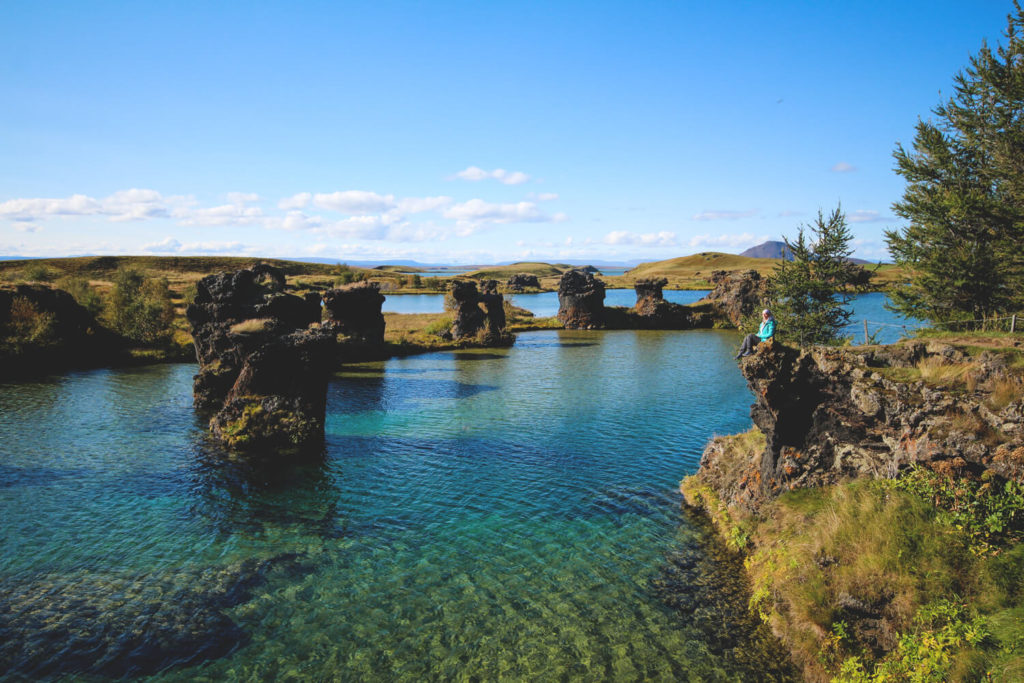
If you withdraw money with your debit card, your bank usually charges a fee of €5 to €10. This can add up to quite a lot at the end of your trip. Therefore, you should definitely get a fee-free travel credit card, as it’s much more economical. Keep in mind, however, that paying with cash is rather unusual in Iceland, and almost everything is done with a credit card.
Exchanging Money Locally
You can exchange money locally at banks (Islandsbanki, Arion Bank, and Landsbanki) and at the airport. To exchange your money, you should visit one of the banks mentioned above. You can also withdraw cash there using your credit card or Mastercard. As already mentioned, banks are usually only open from 9 a.m. to 4 p.m. The bank counters at major airports are naturally open later. If you need to exchange money at the airport, choose a smaller amount. The fees are higher there than in the city.
Paying with a Credit Card
It is unusual to pay with cash in Iceland. We paid almost exclusively by credit card during our trip and only needed €20 in cash. We usually paid even very small amounts by credit card. Icelanders are prepared for this; even public restrooms usually have a card reader, and some gas stations are even “card gas stations.”
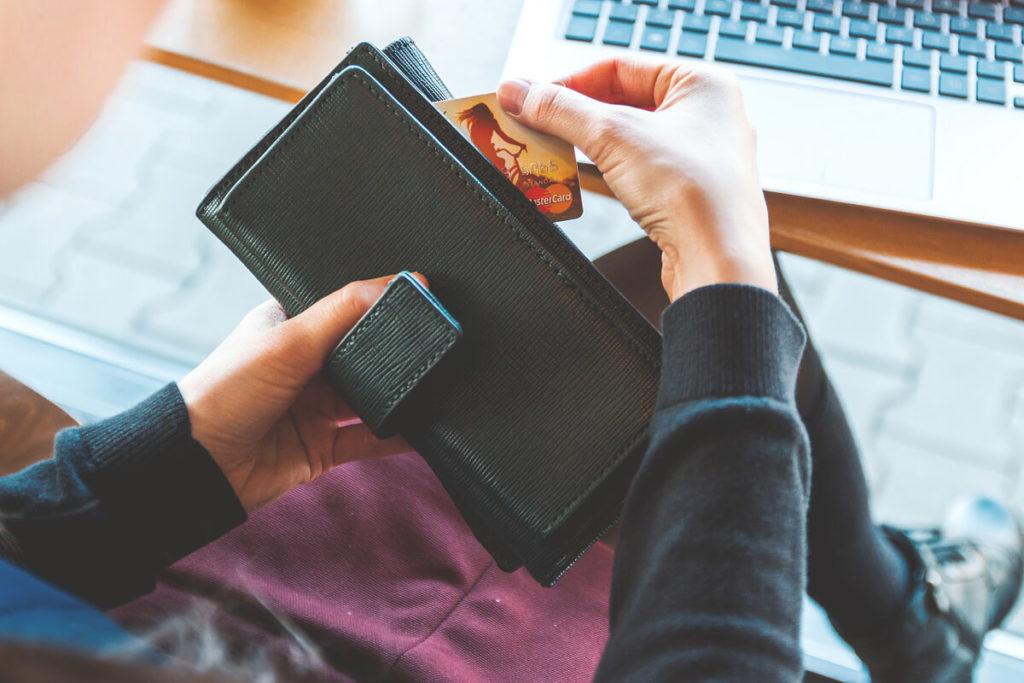
You should definitely get a credit card for your trip if you don’t already have one. We have been traveling with the DKB* credit card for many years, as we also have our private and business accounts there. Alternatively, there is currently the Hanseatic Bank* credit card, which is still completely free. You also usually need a credit card if you want to rent a car* or book a hotel room.
Important: You can usually only enter a 4-digit PIN when paying by credit card. If you have a 6-digit PIN or something similar, you will need to have it changed by your bank (if that’s possible).
Prices in Iceland
Iceland is not exactly a cheap travel destination; we knew that beforehand and were prepared for it. We didn’t find the prices in the supermarket incredibly expensive, but they were definitely more expensive than in Germany. A loaf of toast cost around €2.19, 1 liter of milk €1.13, a pack of eggs more than €3, and a pack of cheese almost €6. We brought some instant soups, spices, pasta, and other ready-made meals from home. This allowed us to save a few euros. Generally, you can also get everything at reasonable prices in the supermarket. We mostly shopped at Bònus and Kronan.
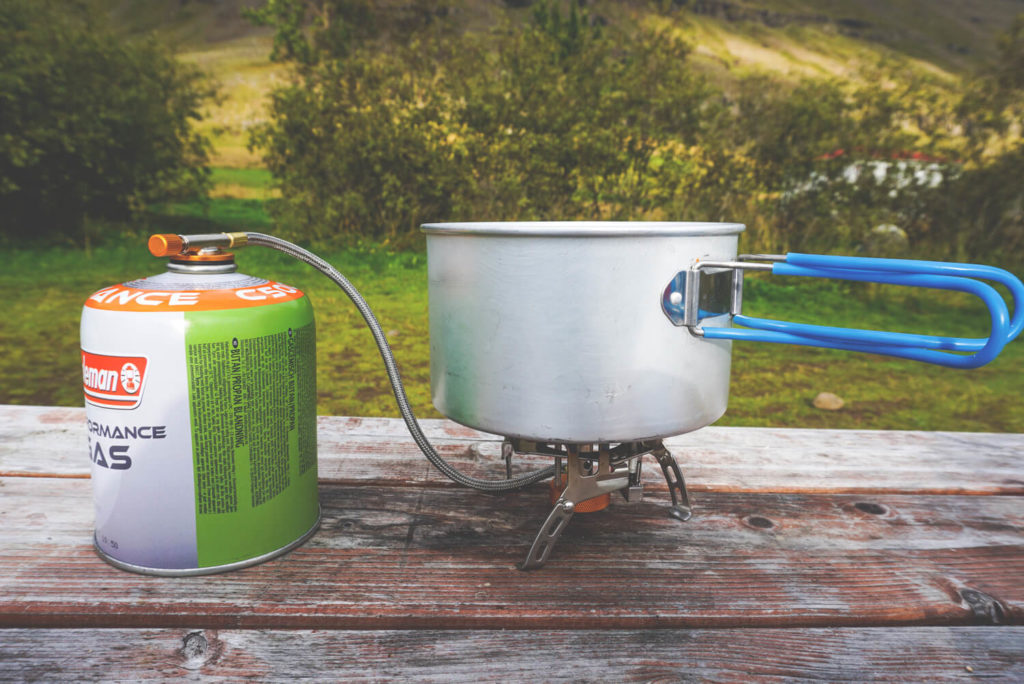
Gas, hotels, and rental cars are expensive. For a night in a standard, no-frills room, you’ll easily pay €100 and up. For 14 days, that adds up. For this reason, we rented a tent and slept at campsites. In the end, we only paid around €440 for accommodations and campsites. For longer trips, we recommend the Camping Card for Iceland. More on this in our camping article. Visits to restaurants and cafés are expensive. In a café, a cappuccino costs between 500 and 700 kroner (€4 to €5.50). For a meal with a drink, you can easily pay €20 or more.

Gasoline currently costs €1.68 per liter; when we were there, it was even €1.82 per liter. We were able to save a few cents because we had the “Orkan Card,” which allowed us to fill up cheaper at every Orkan gas station. We’ve written a detailed article on the topic of “Costs in Iceland,” where you can take a closer look at the individual cost centers. For our entire trip, we paid around €1,000 per person (flight, car, food, drinks, camping, activities, etc.).
Our travel diary on YouTube
